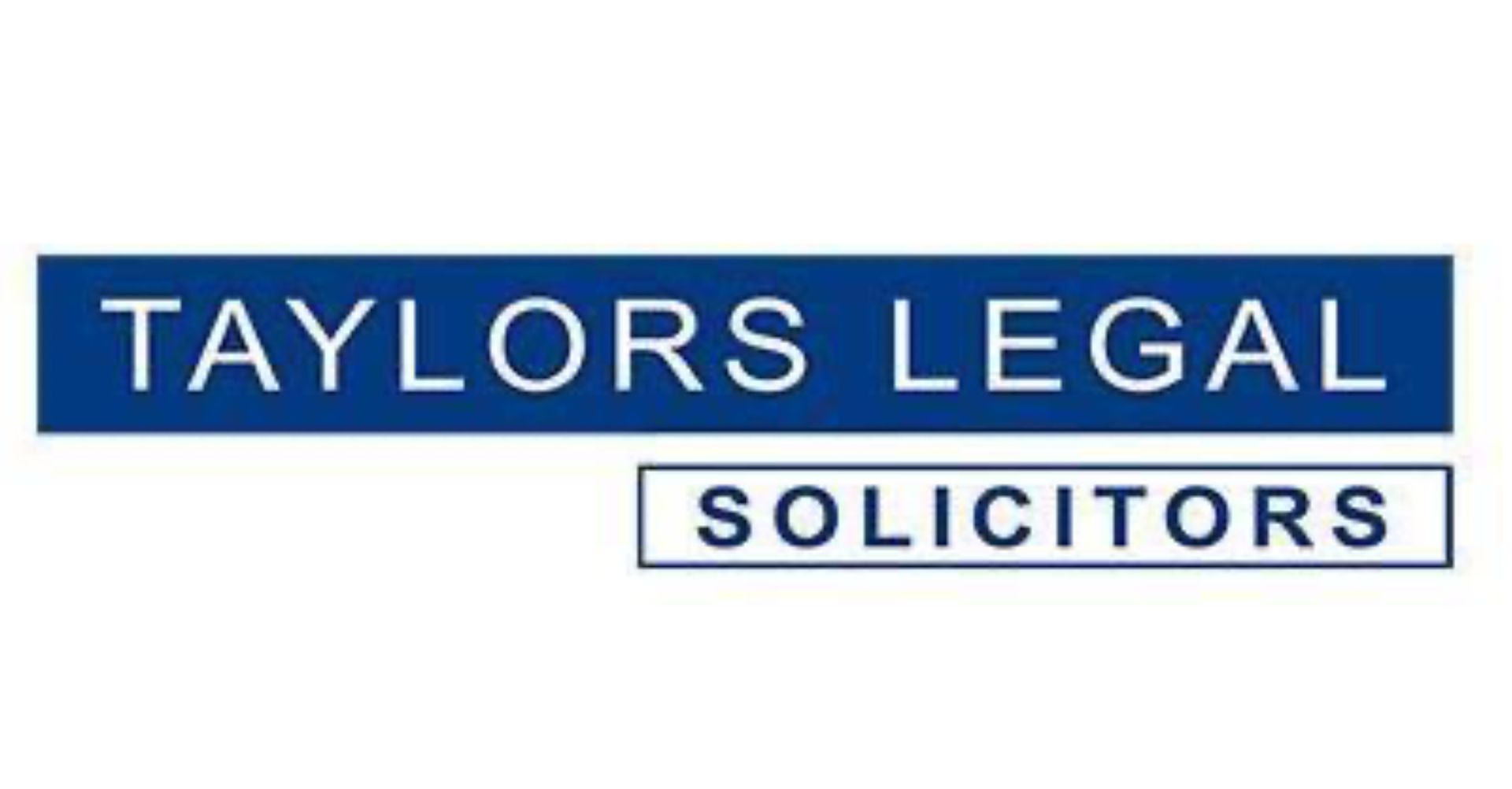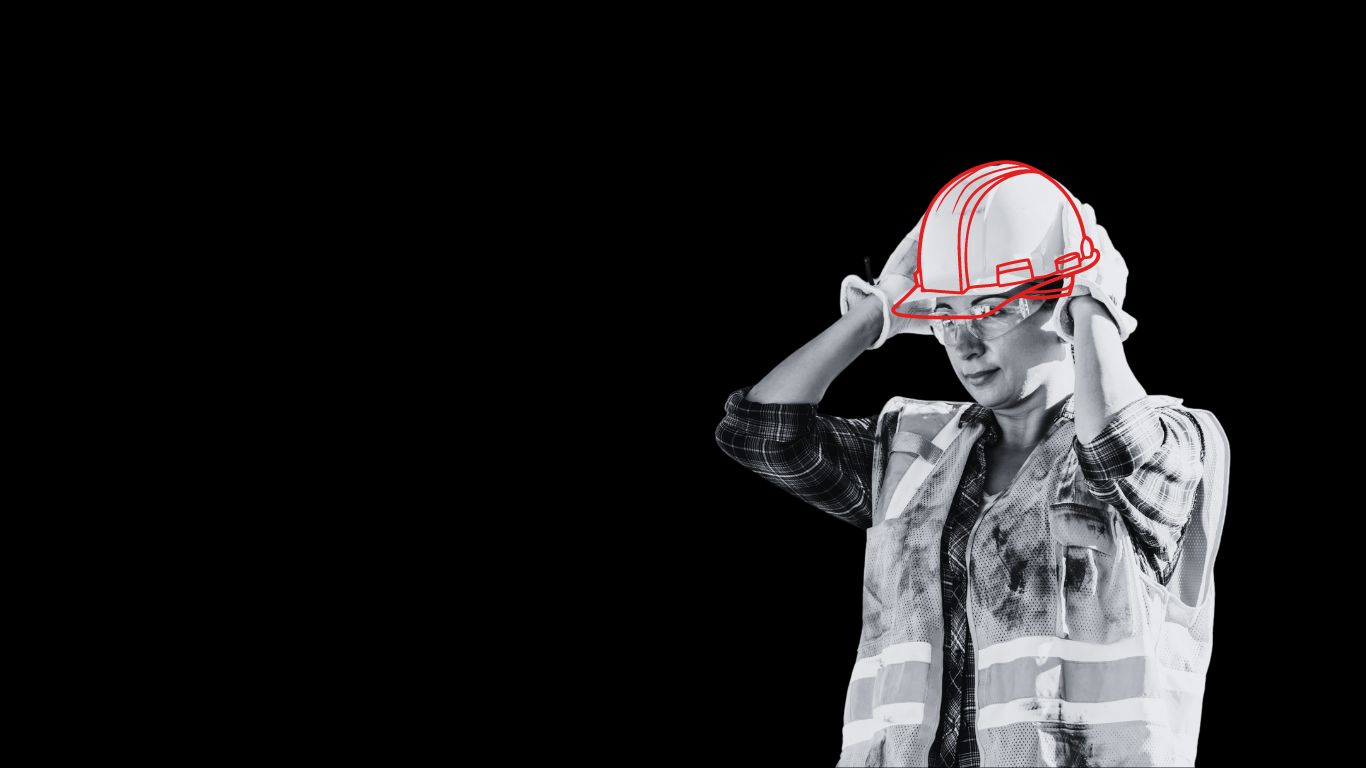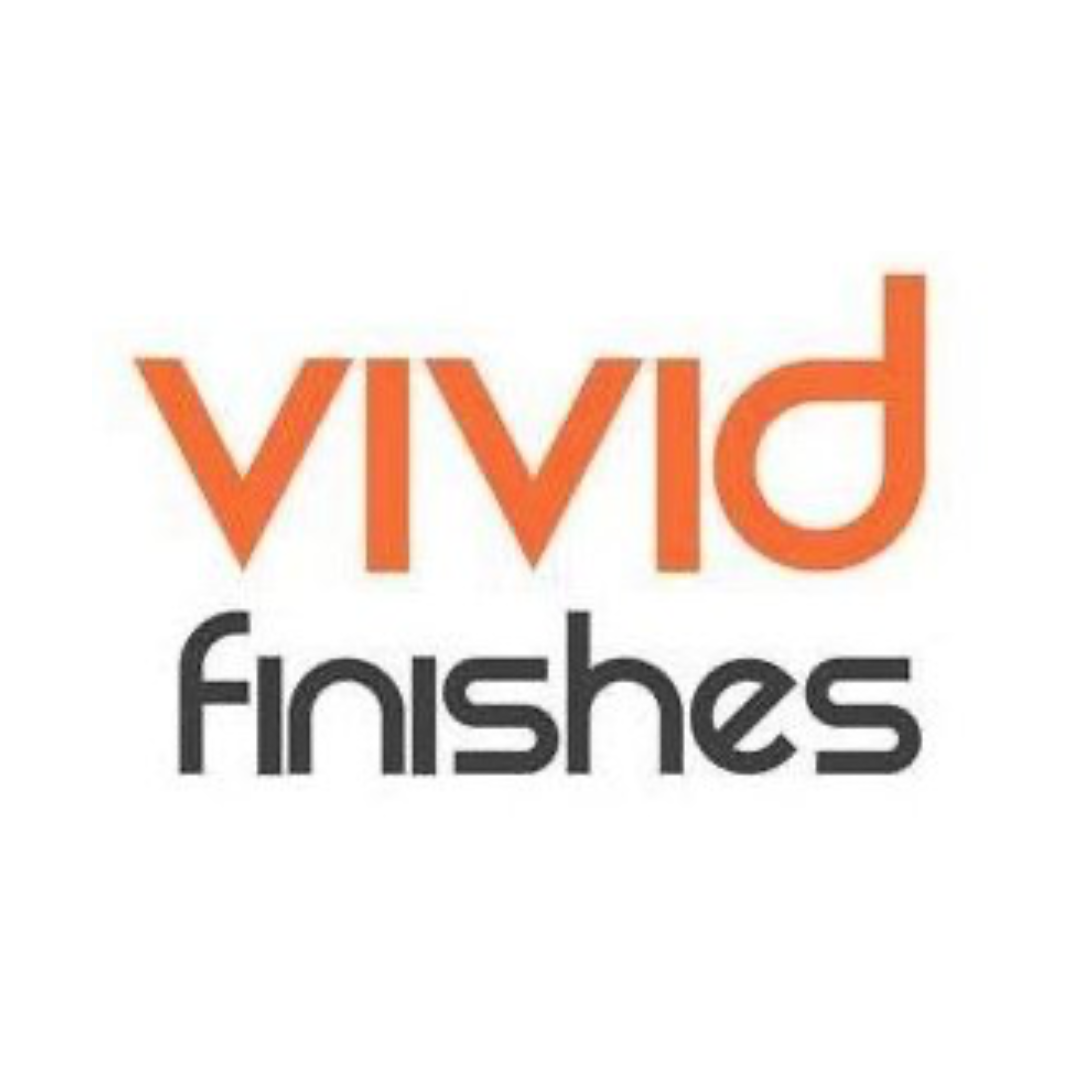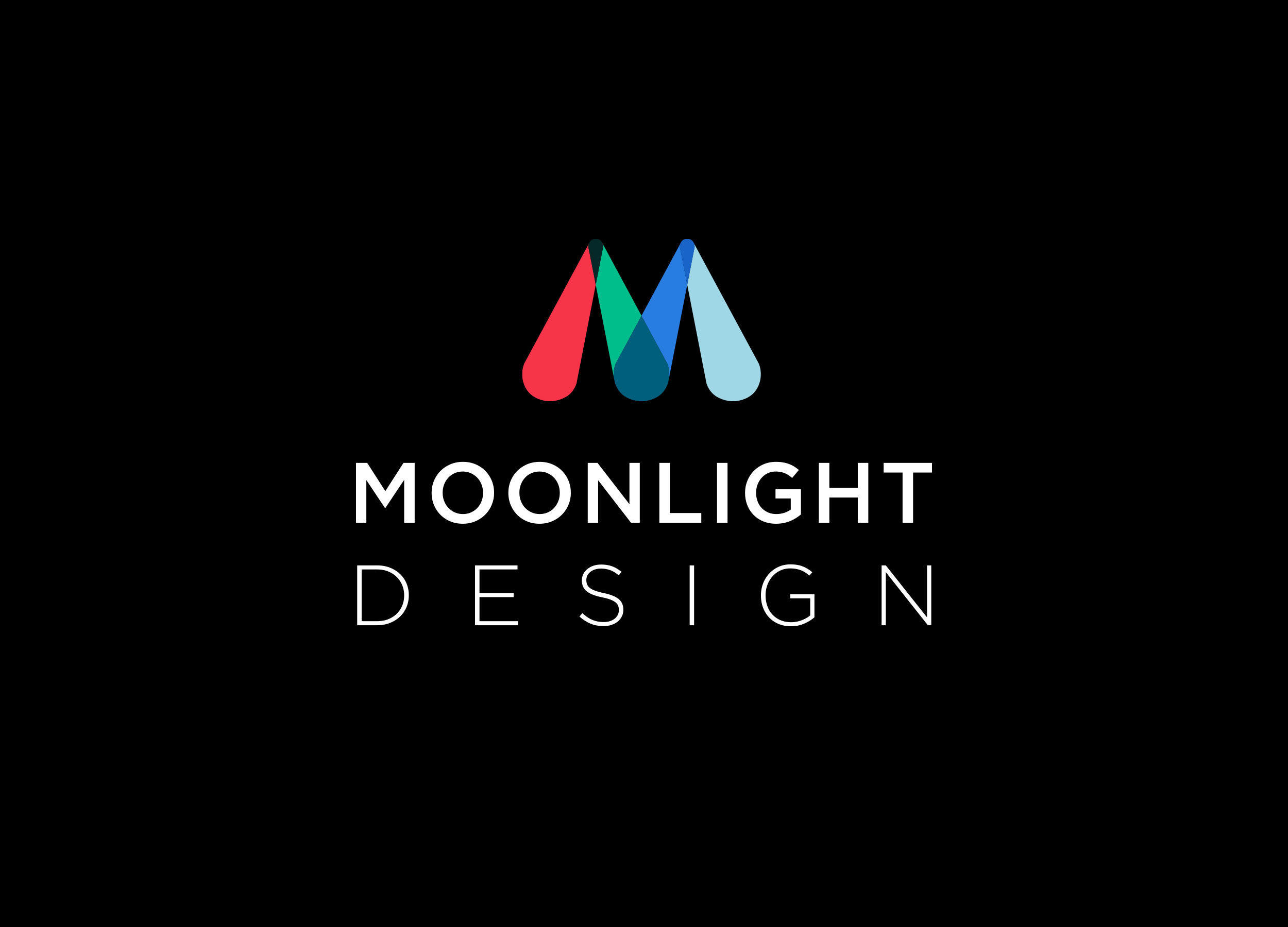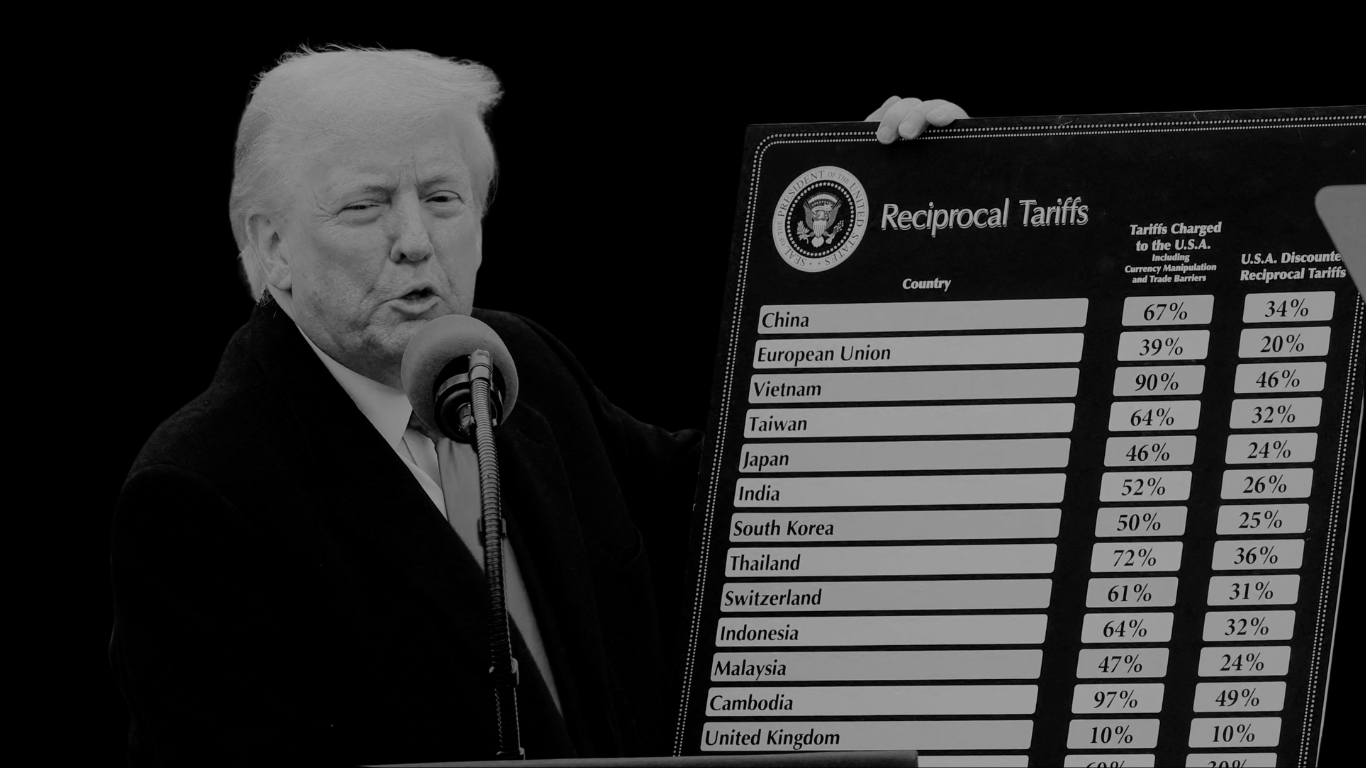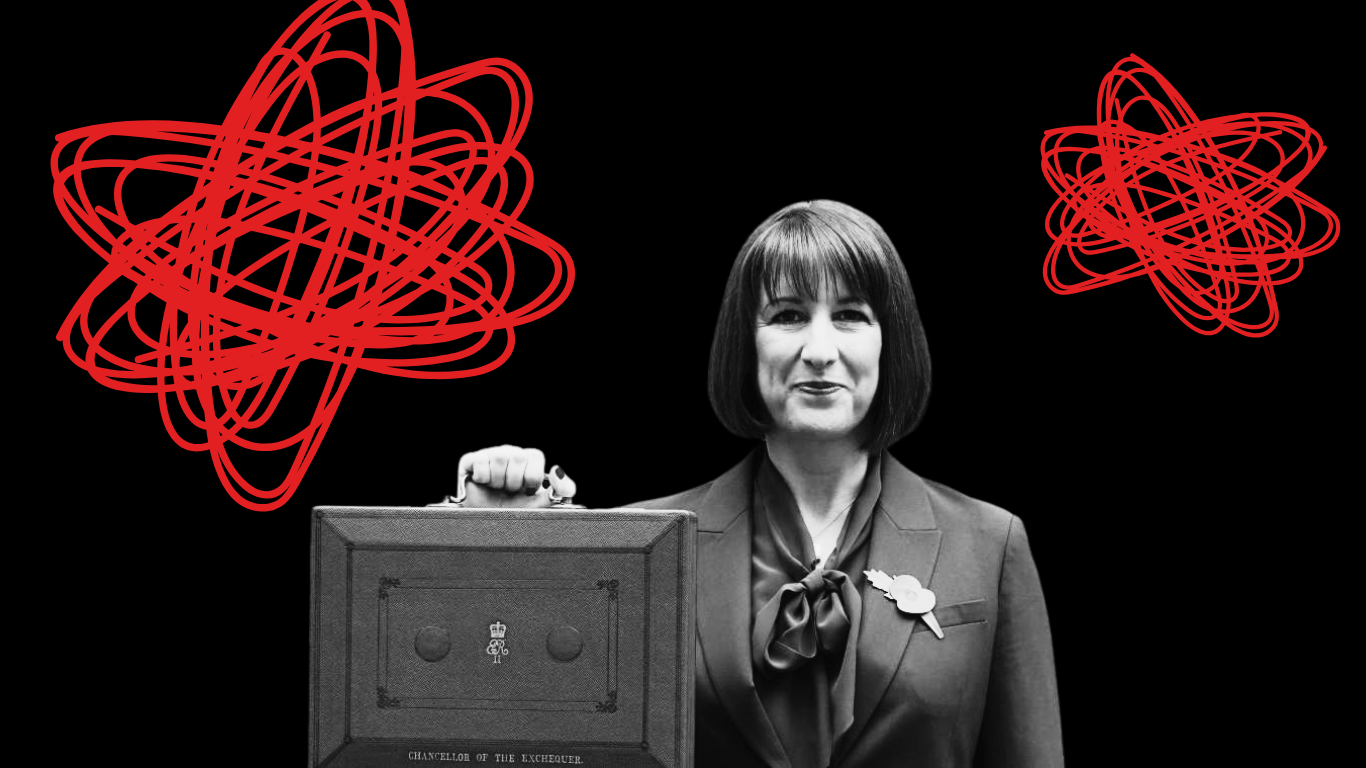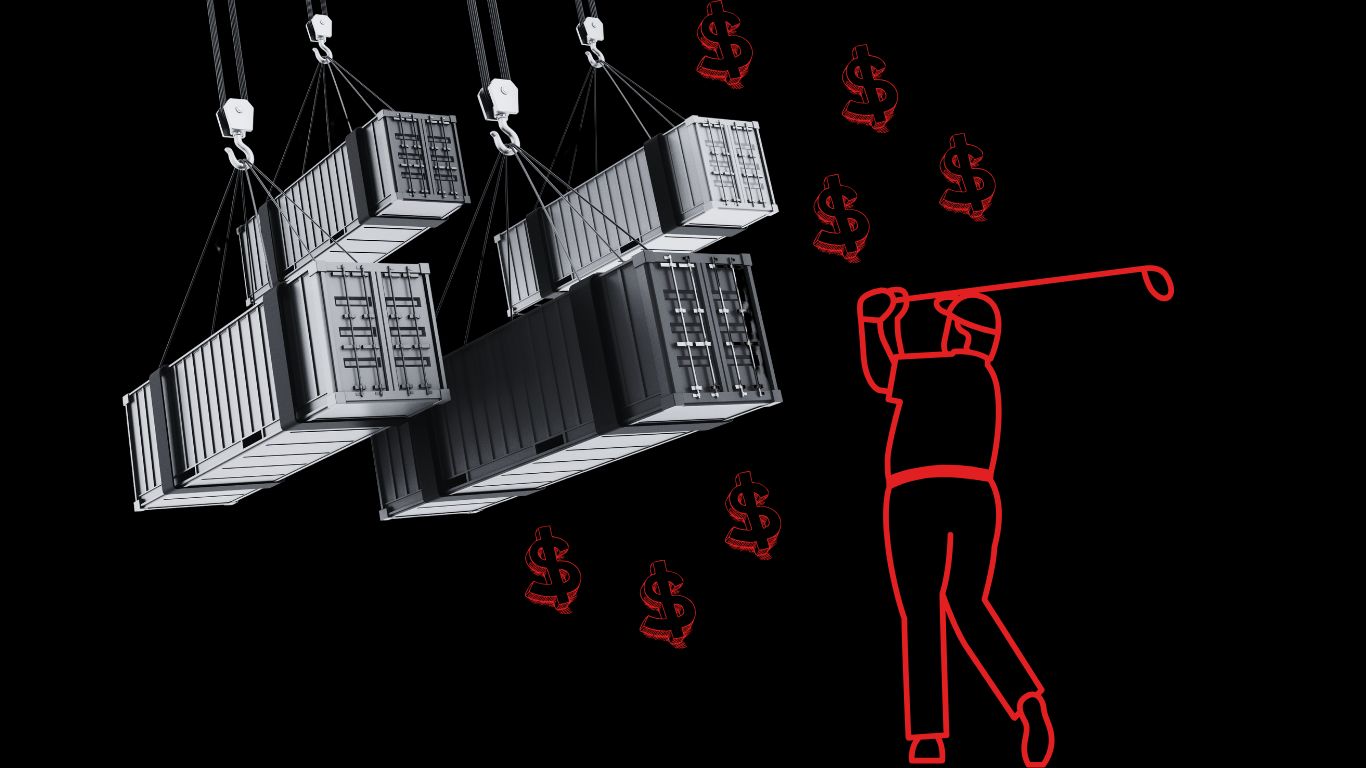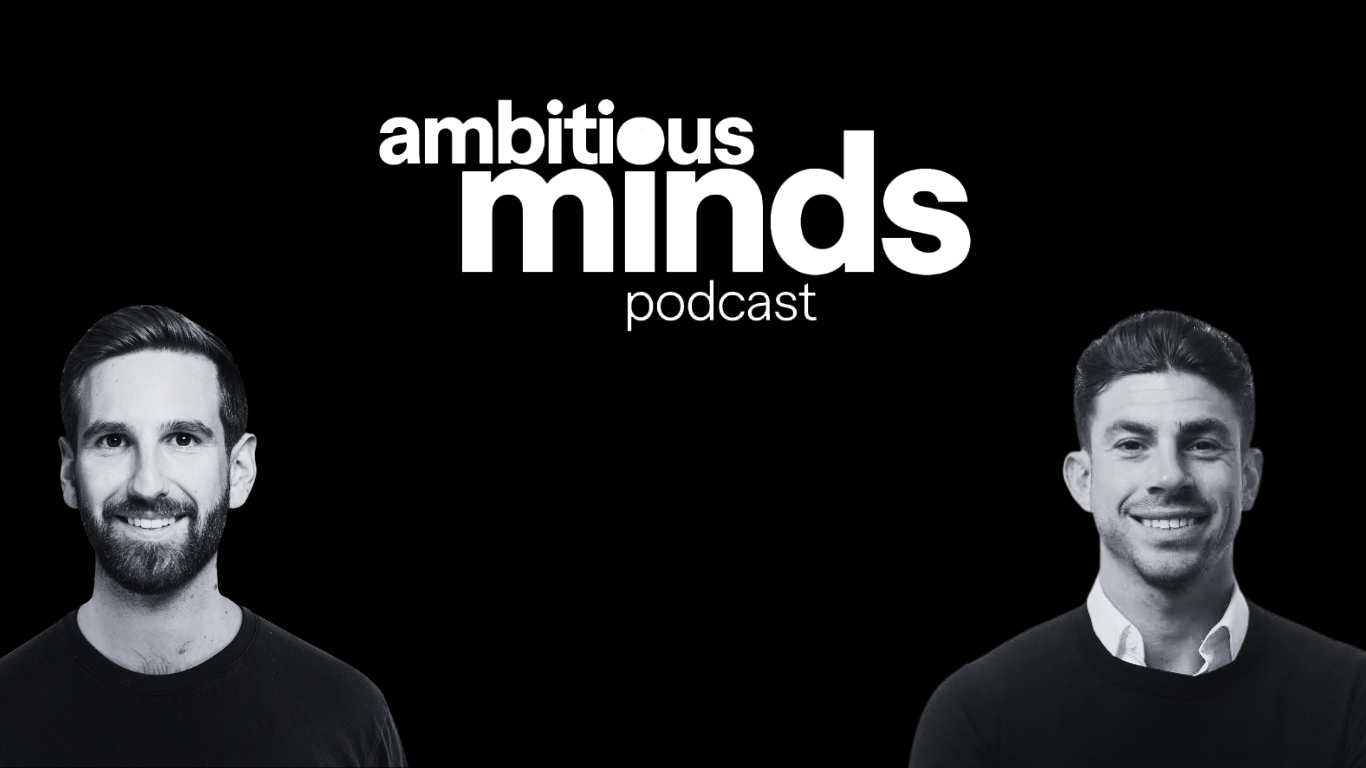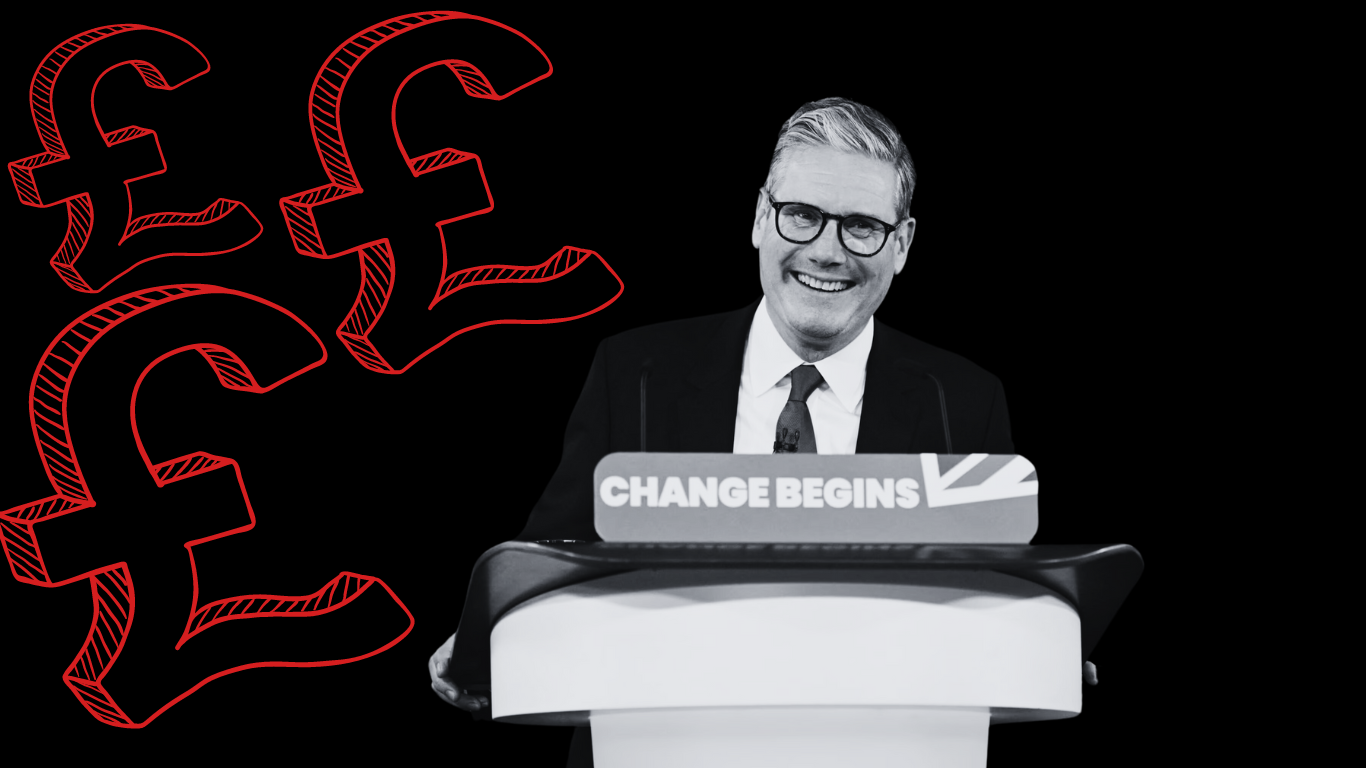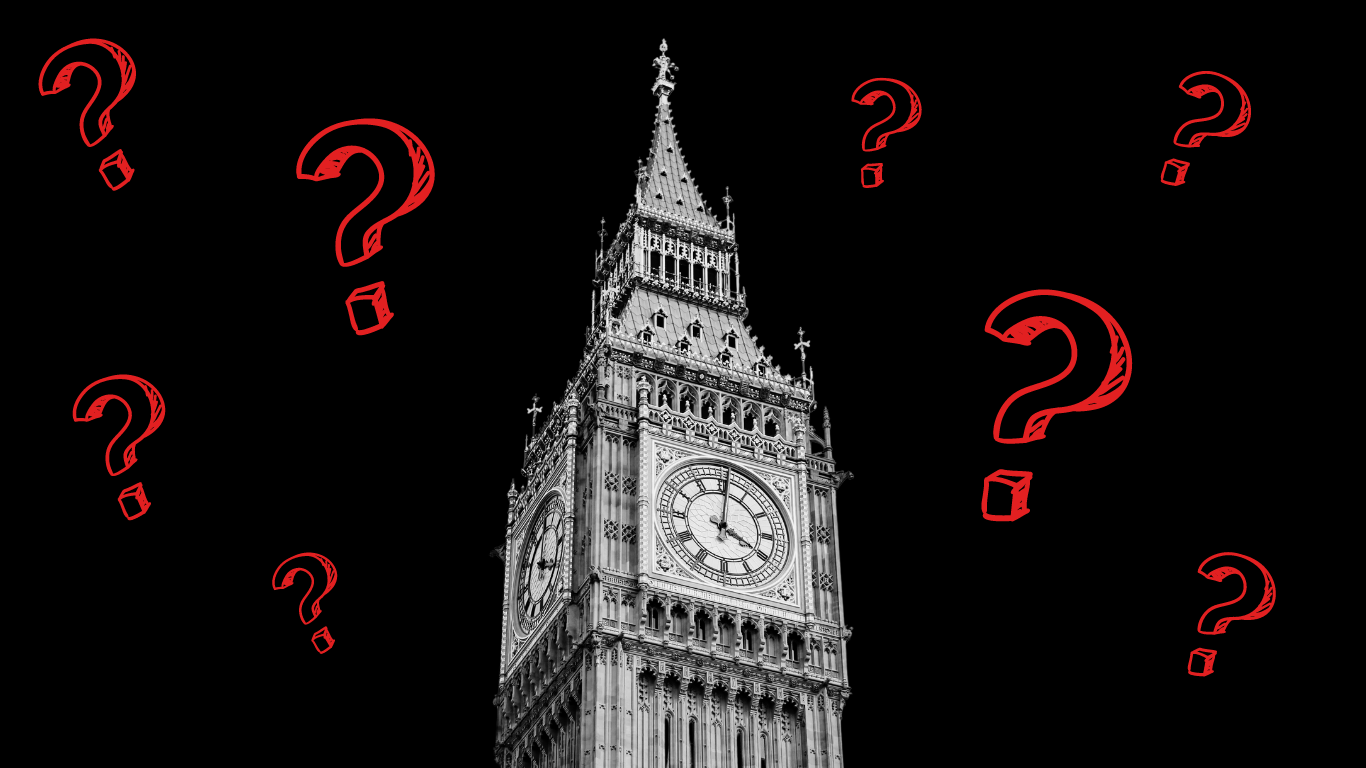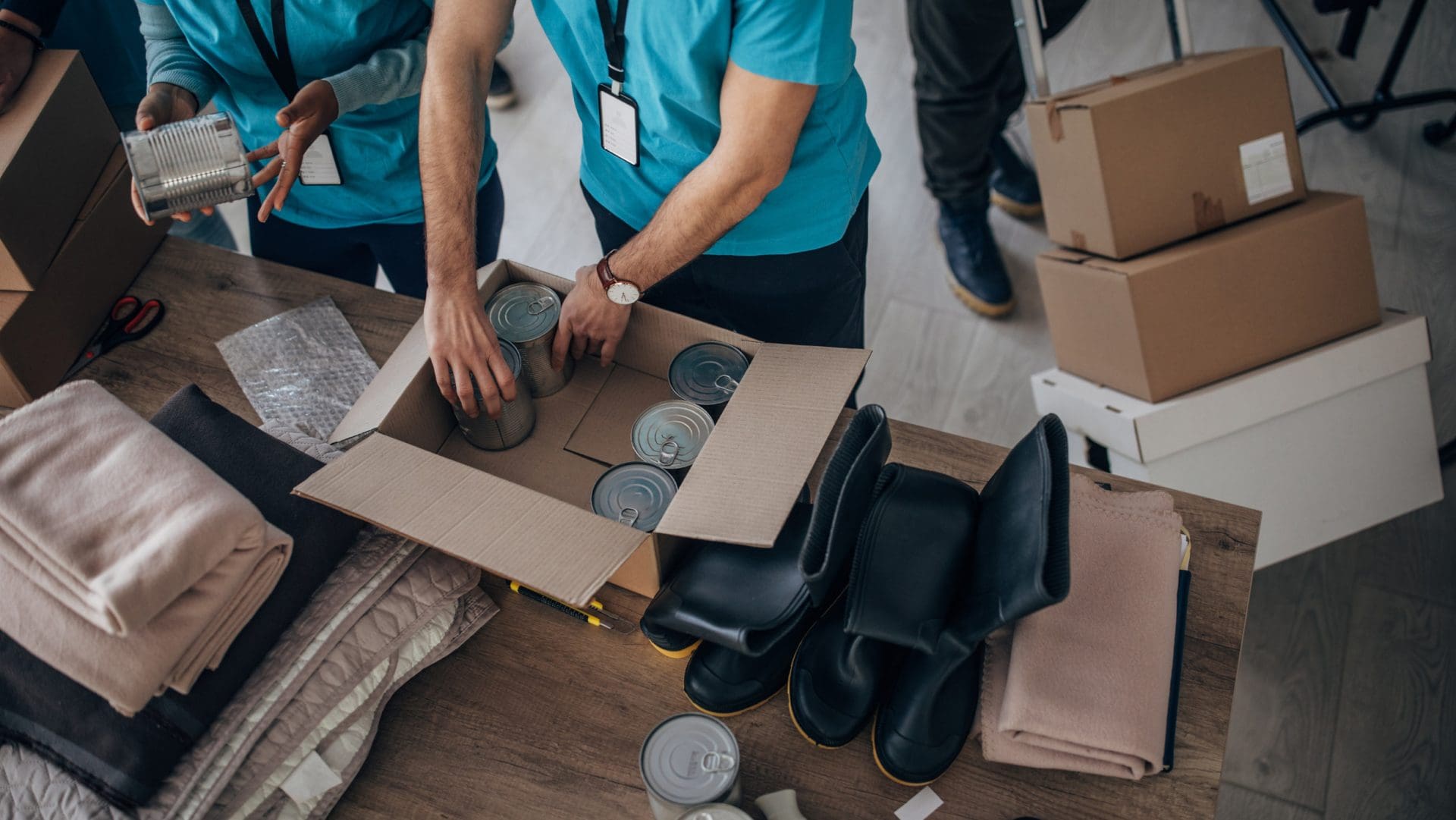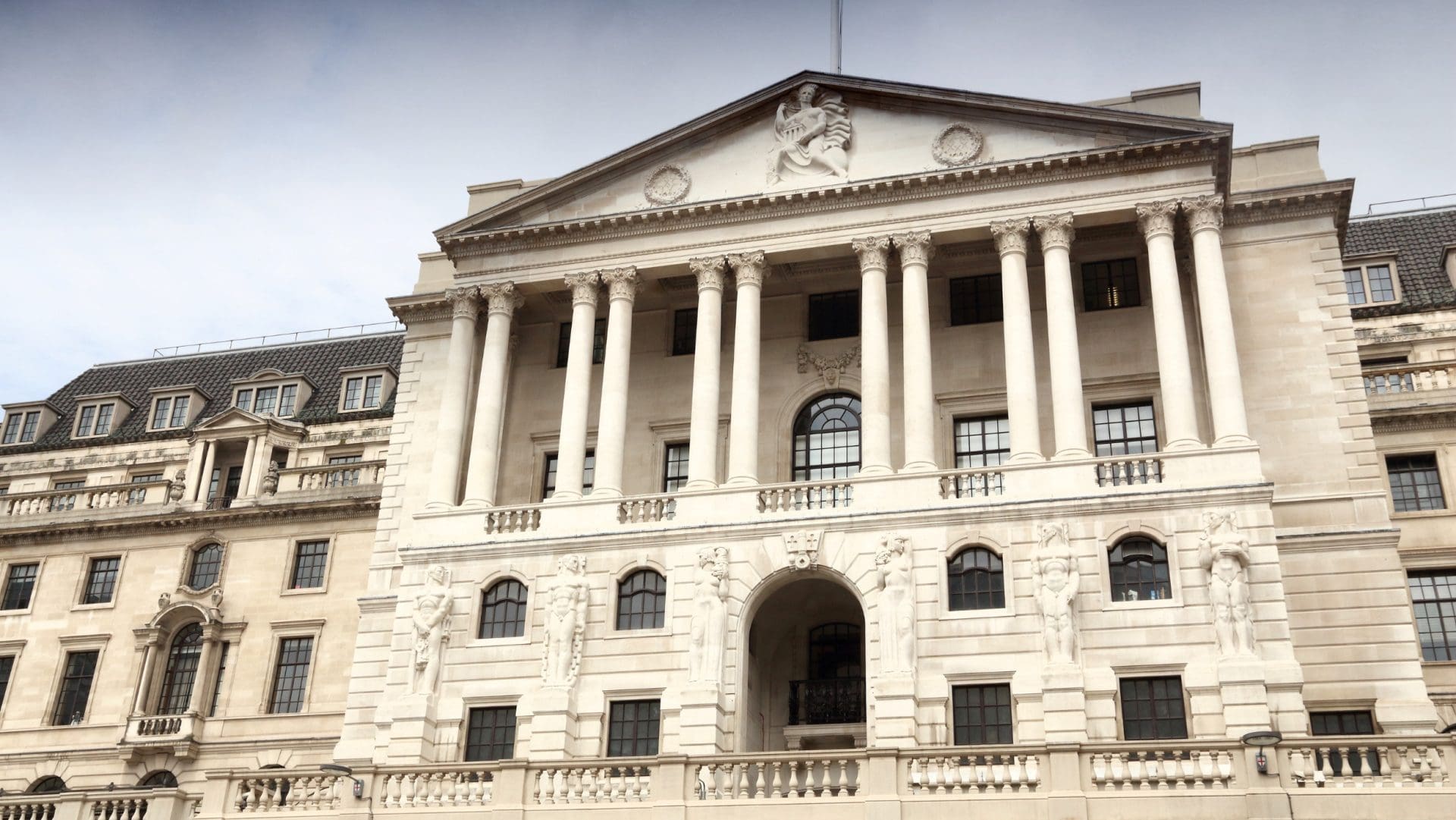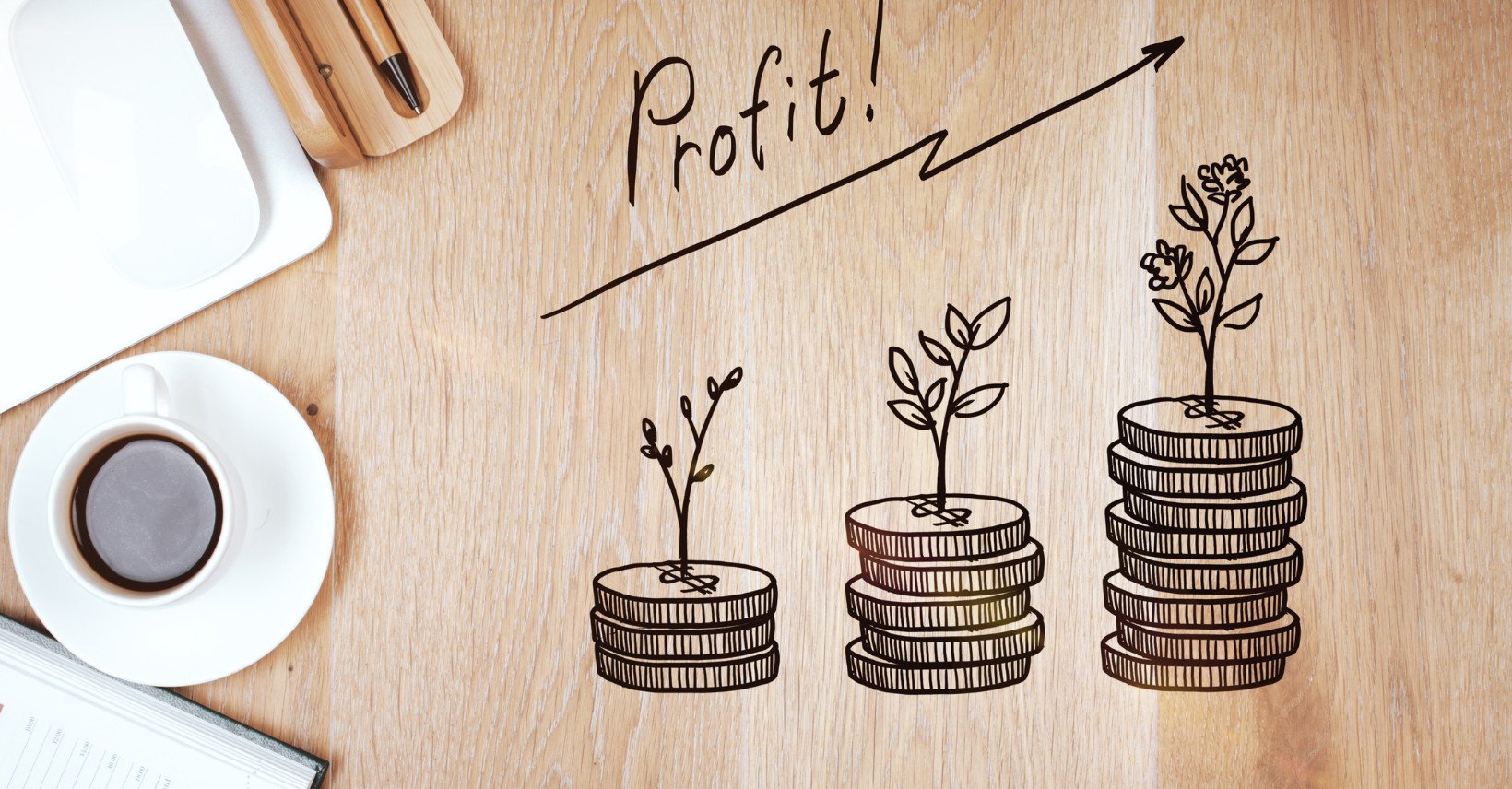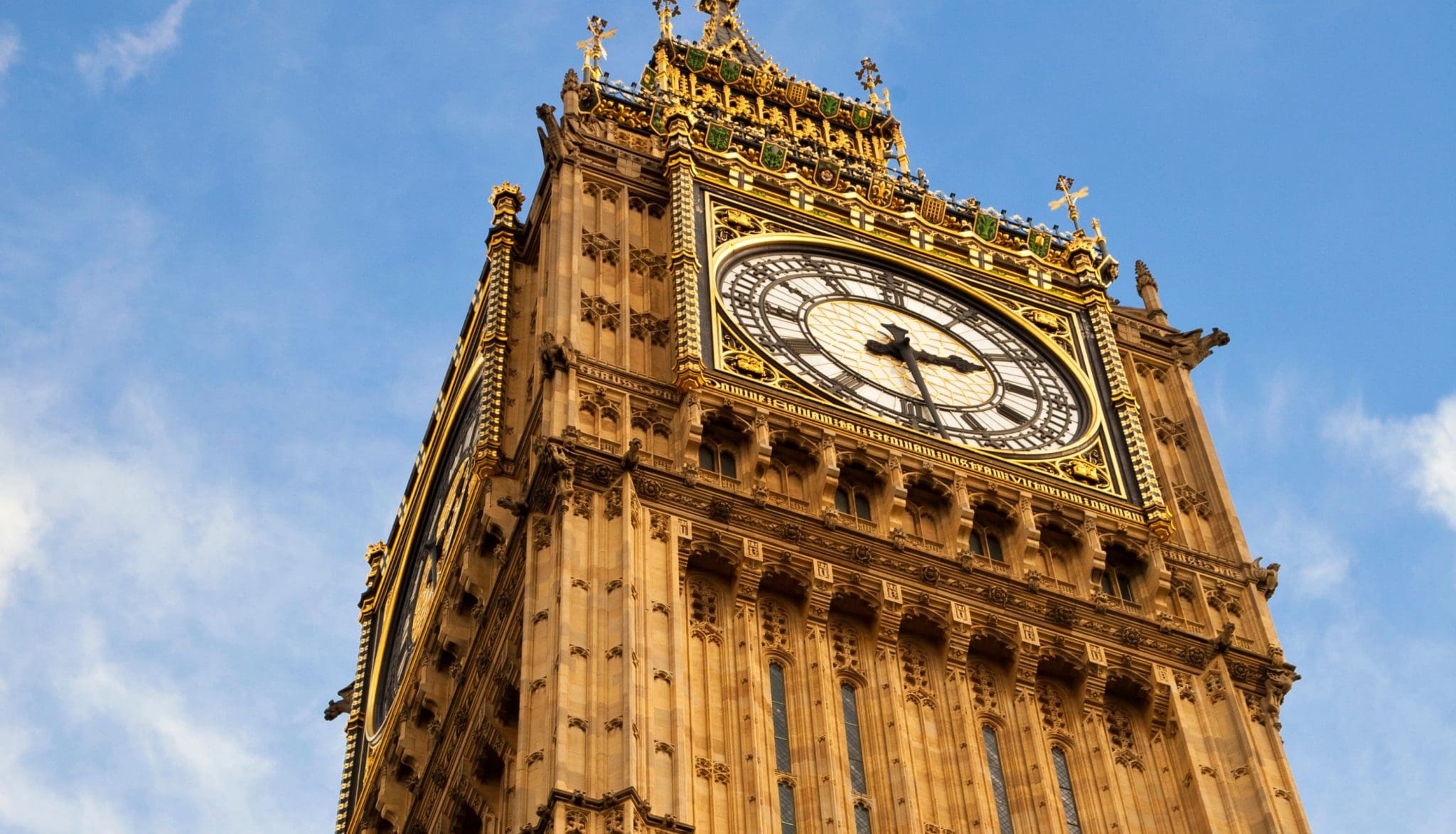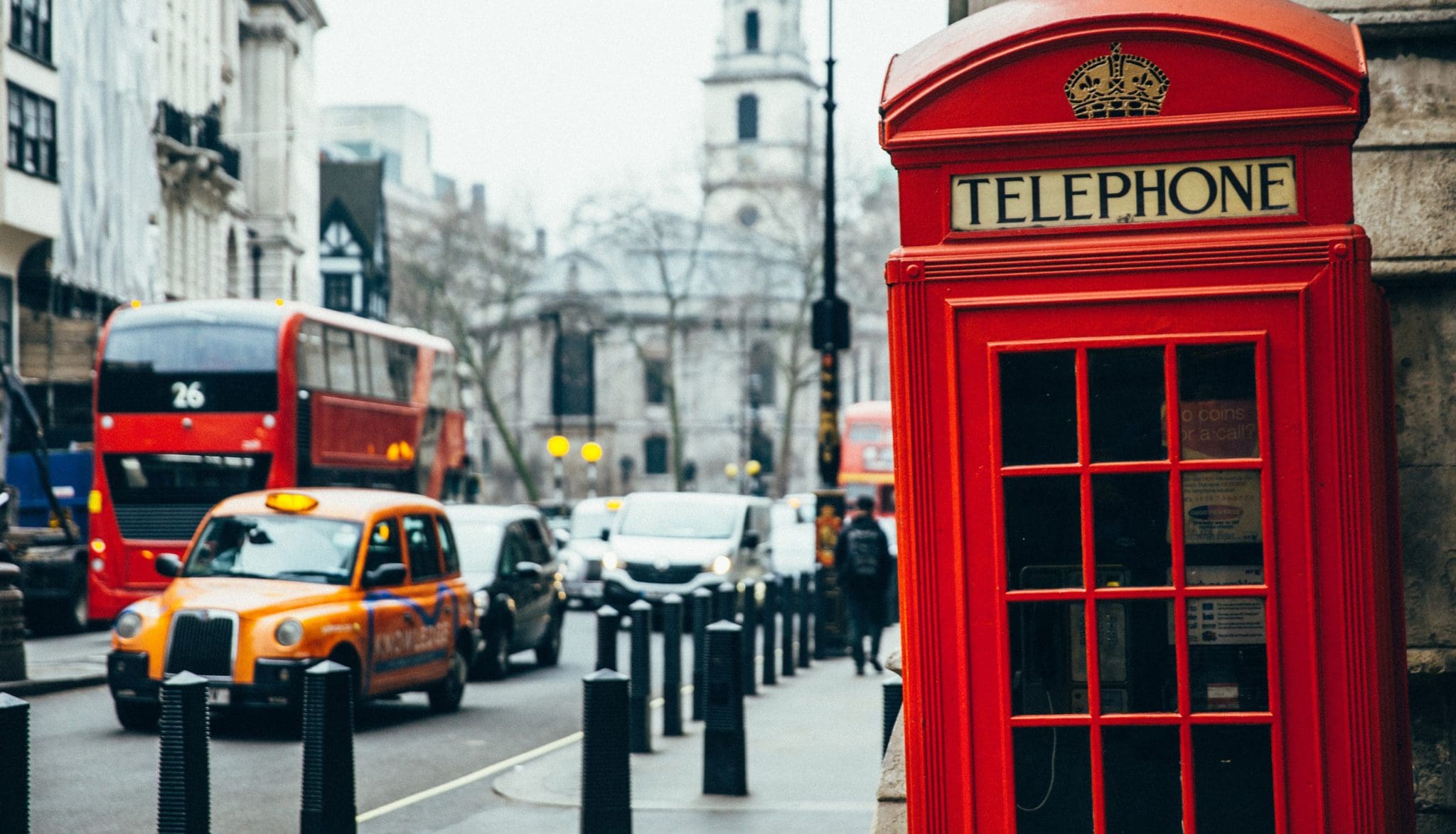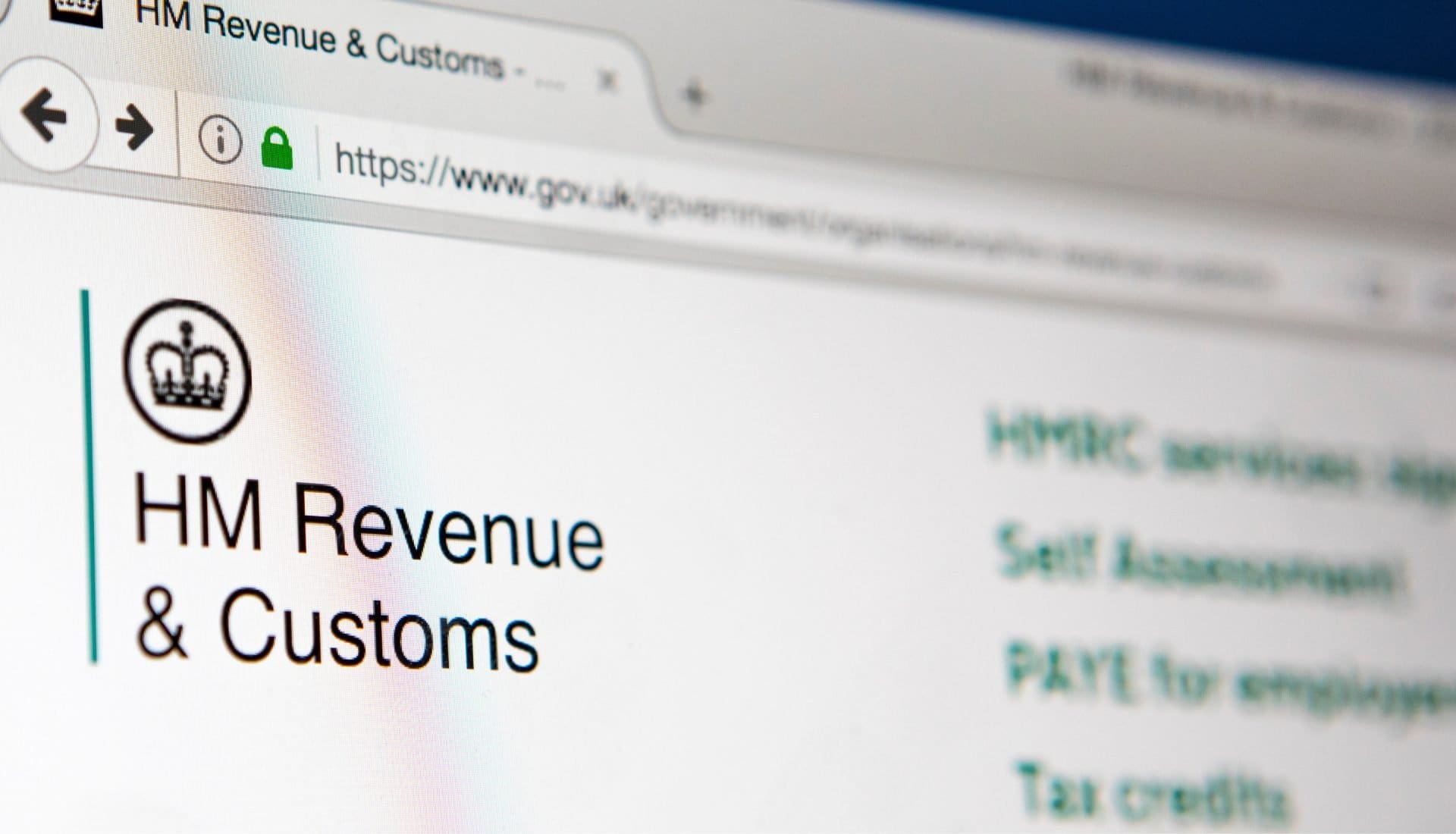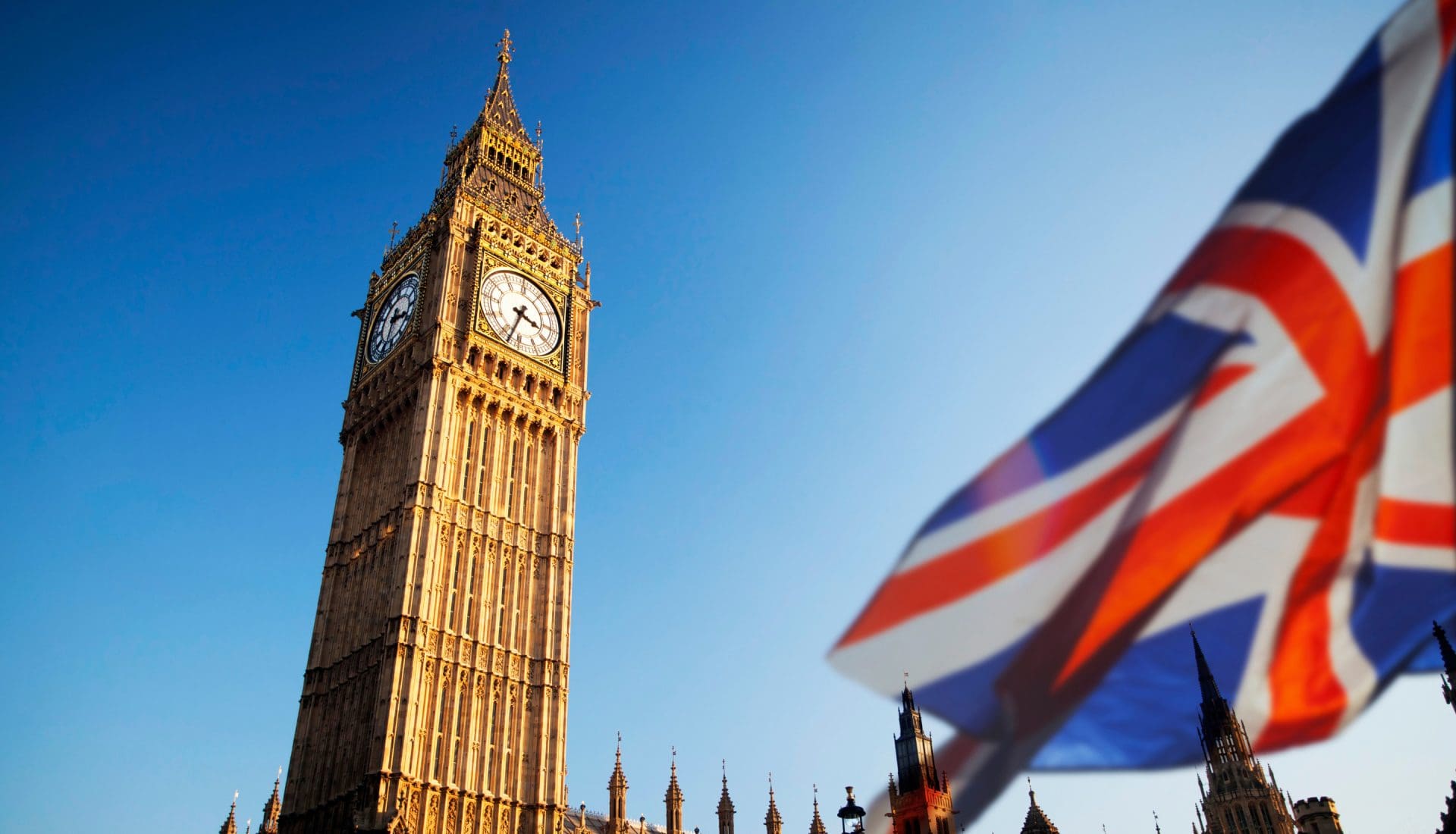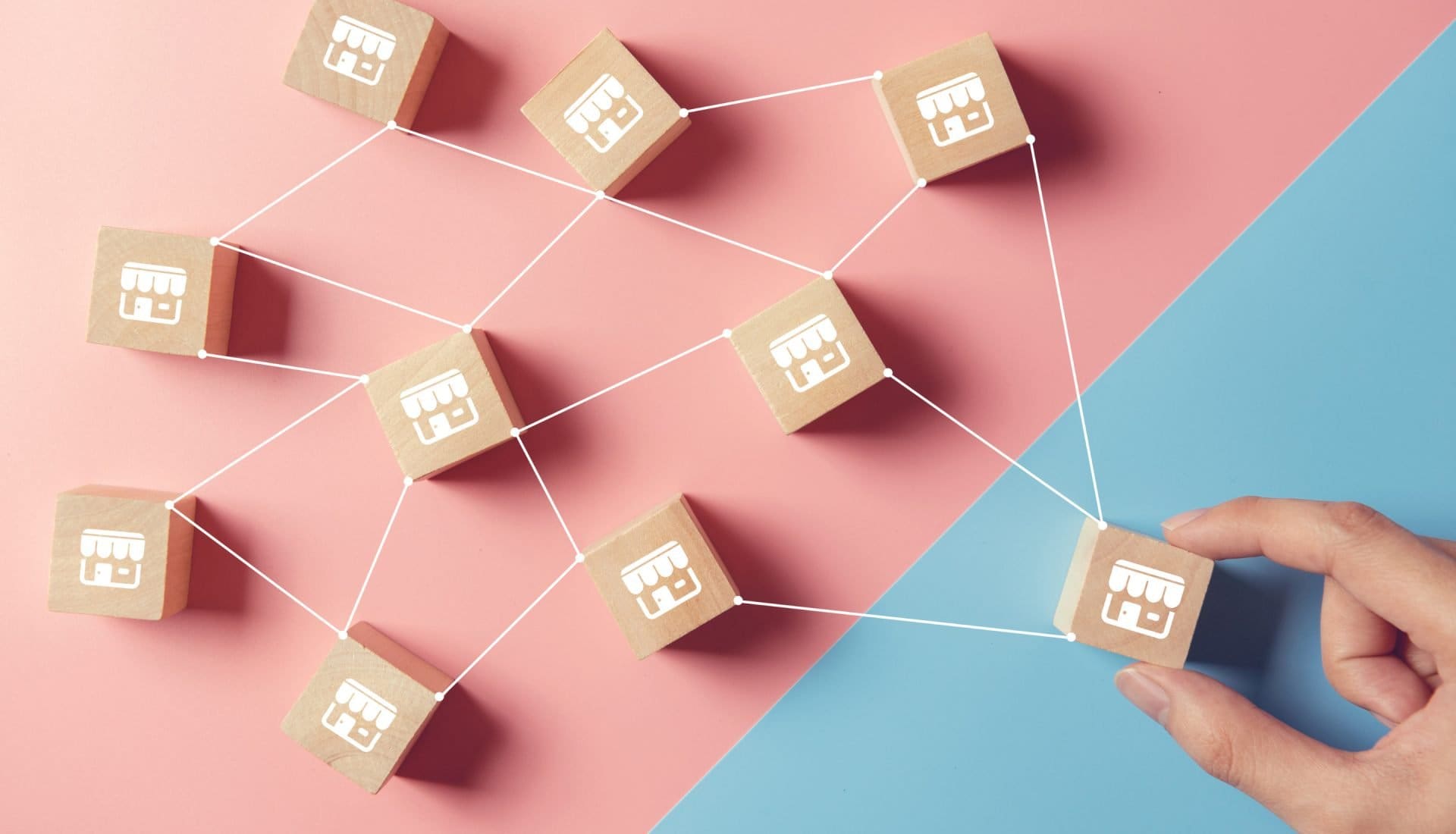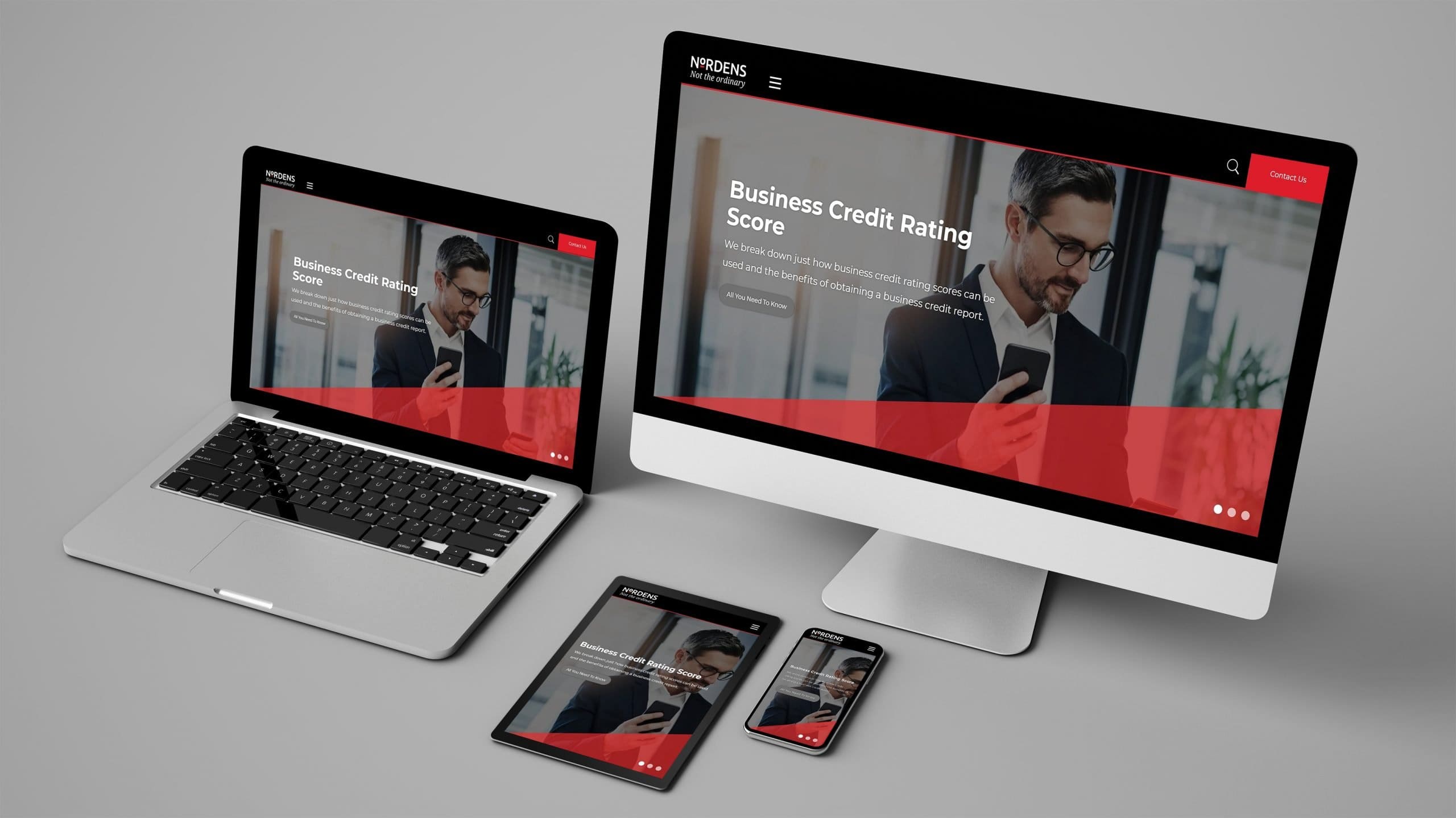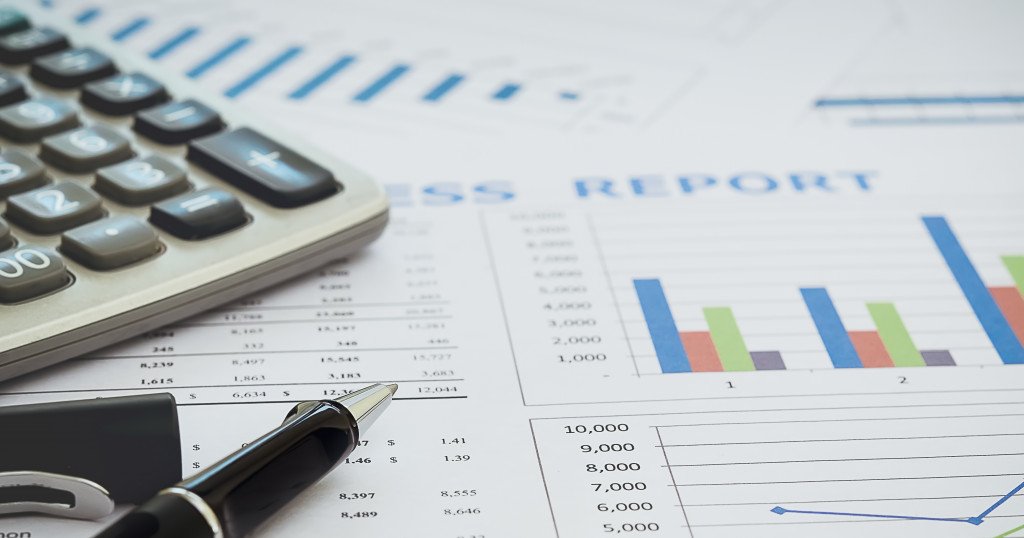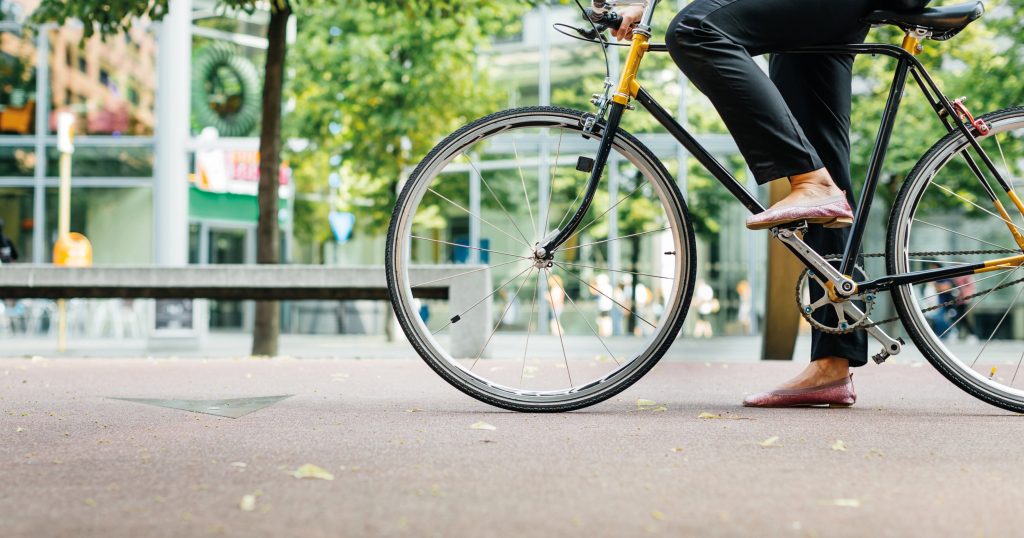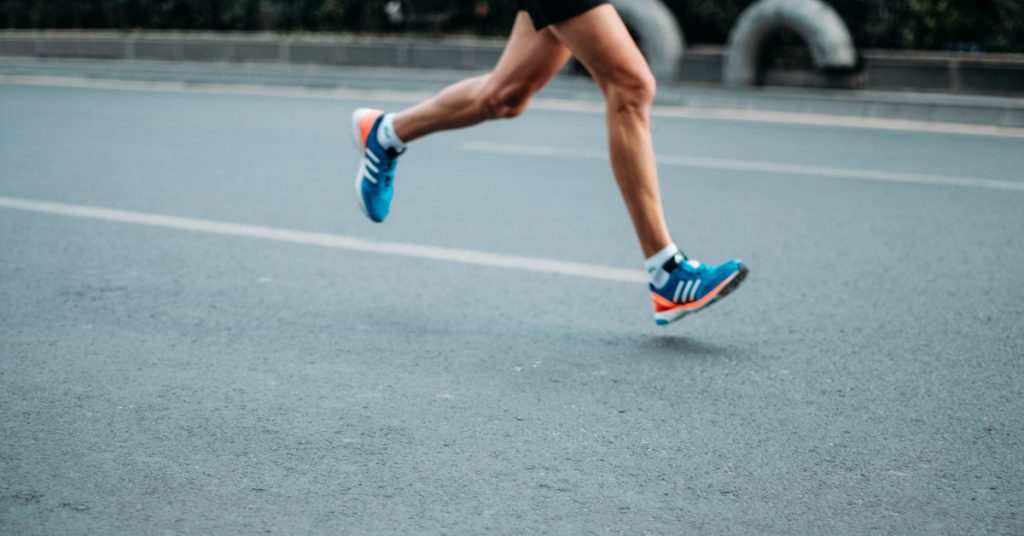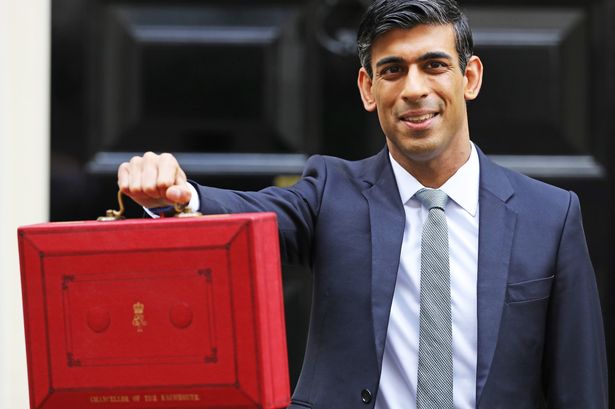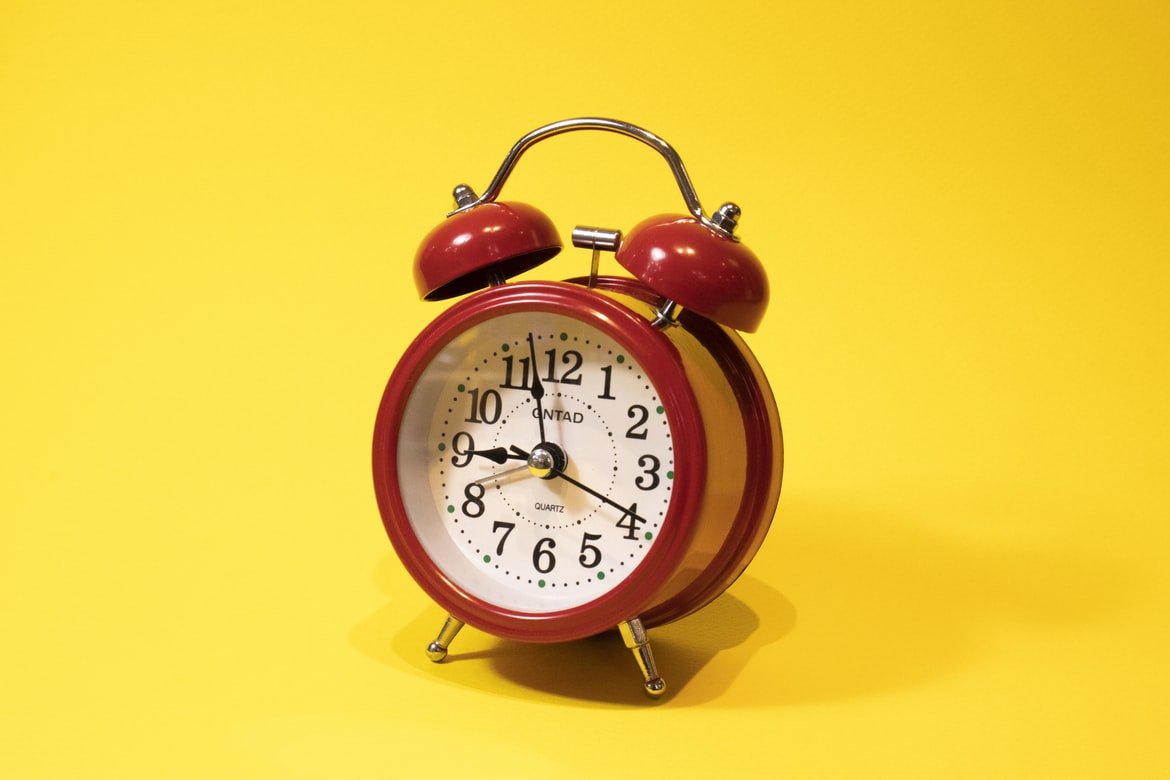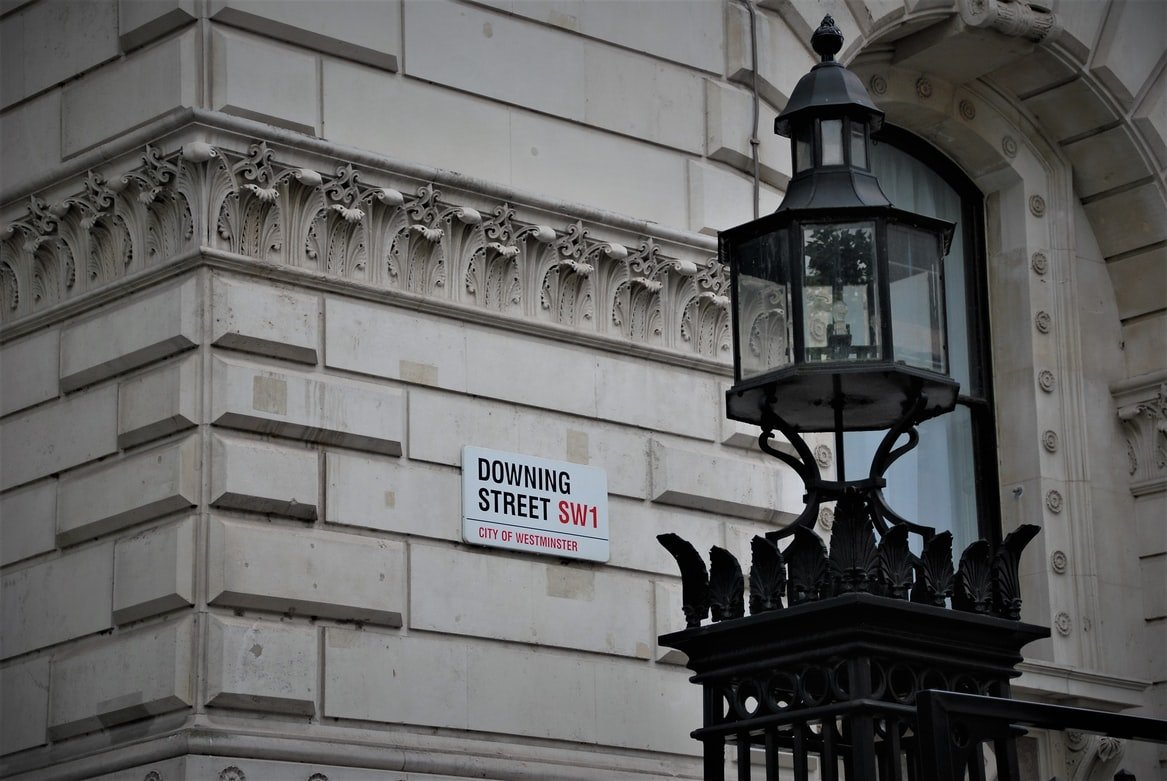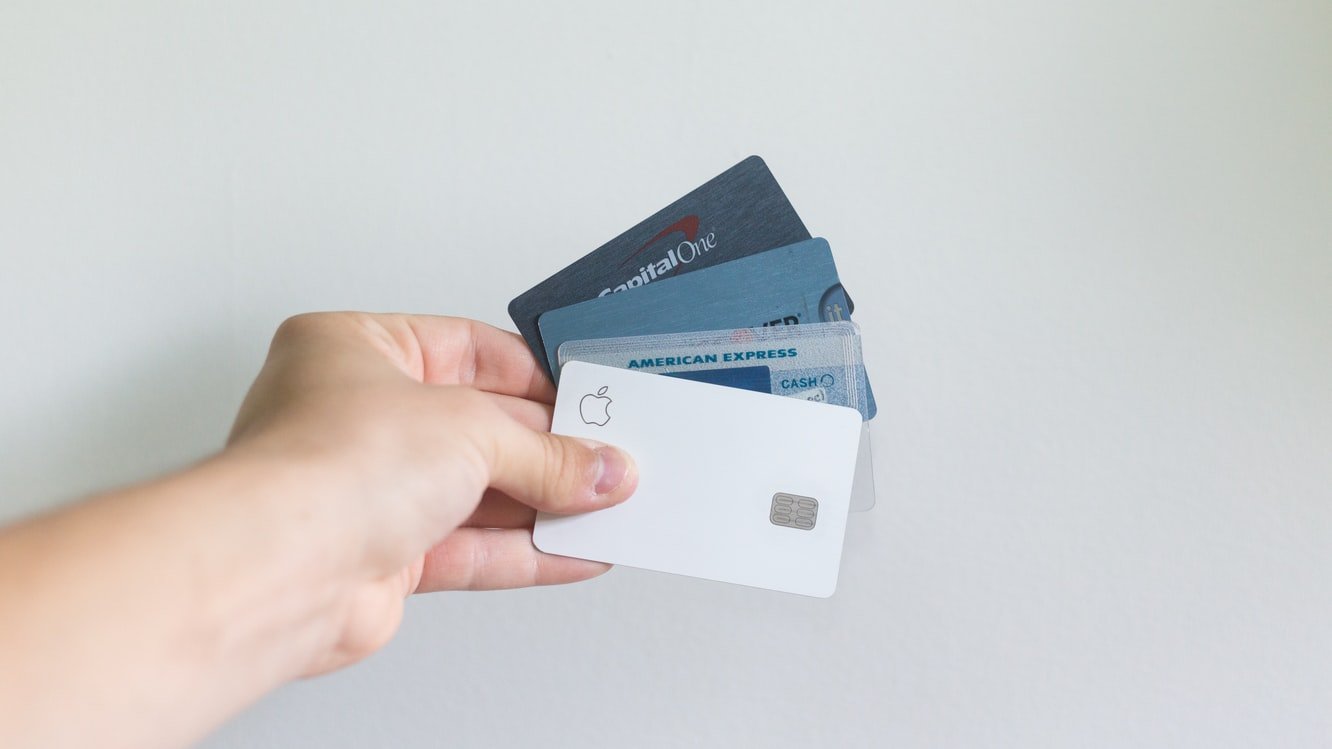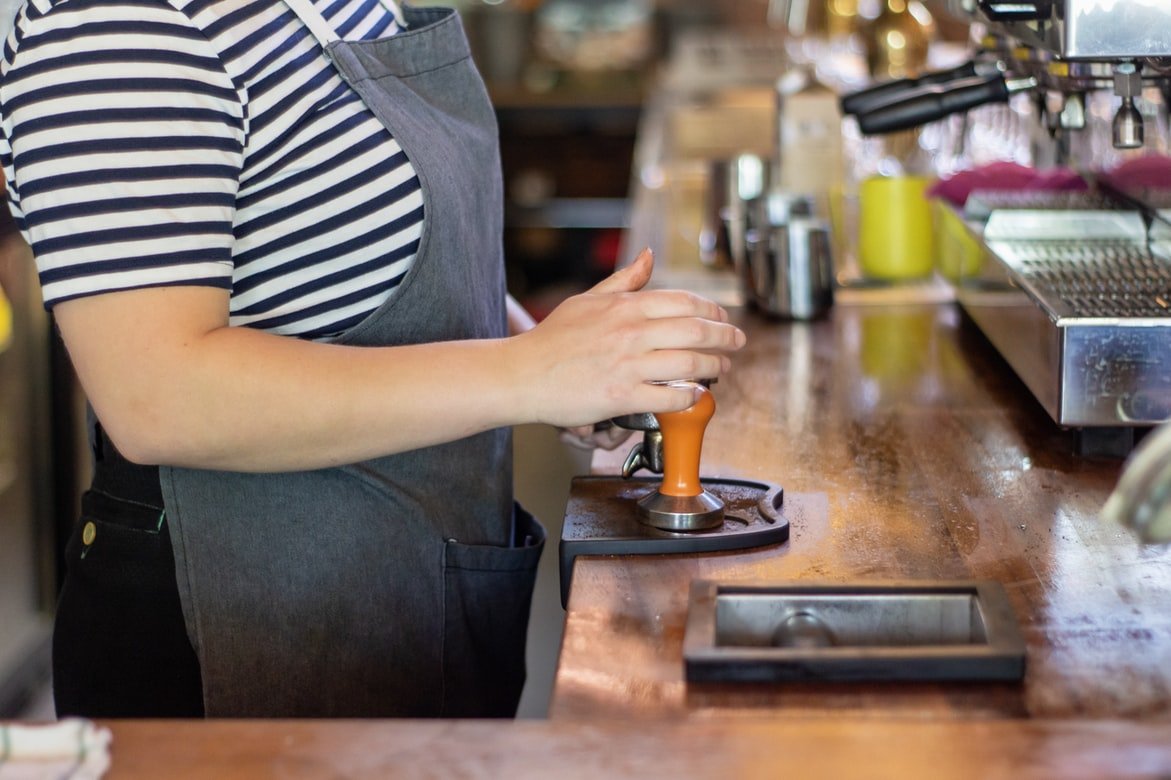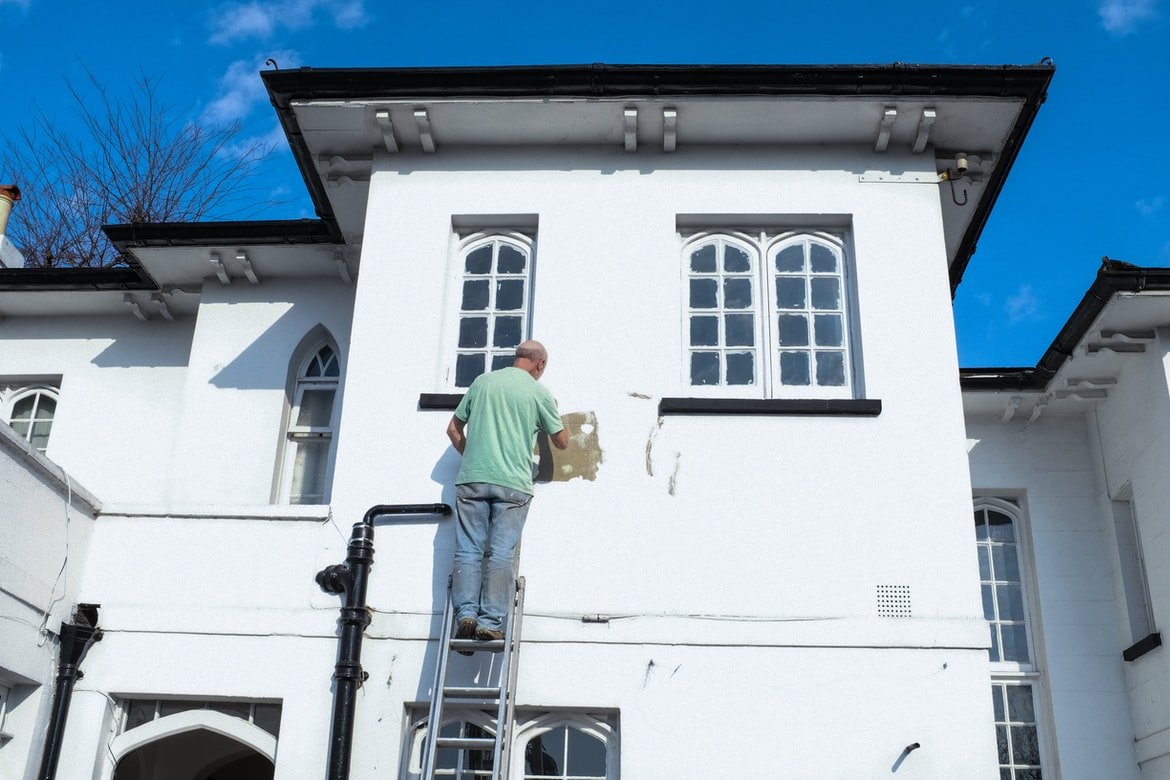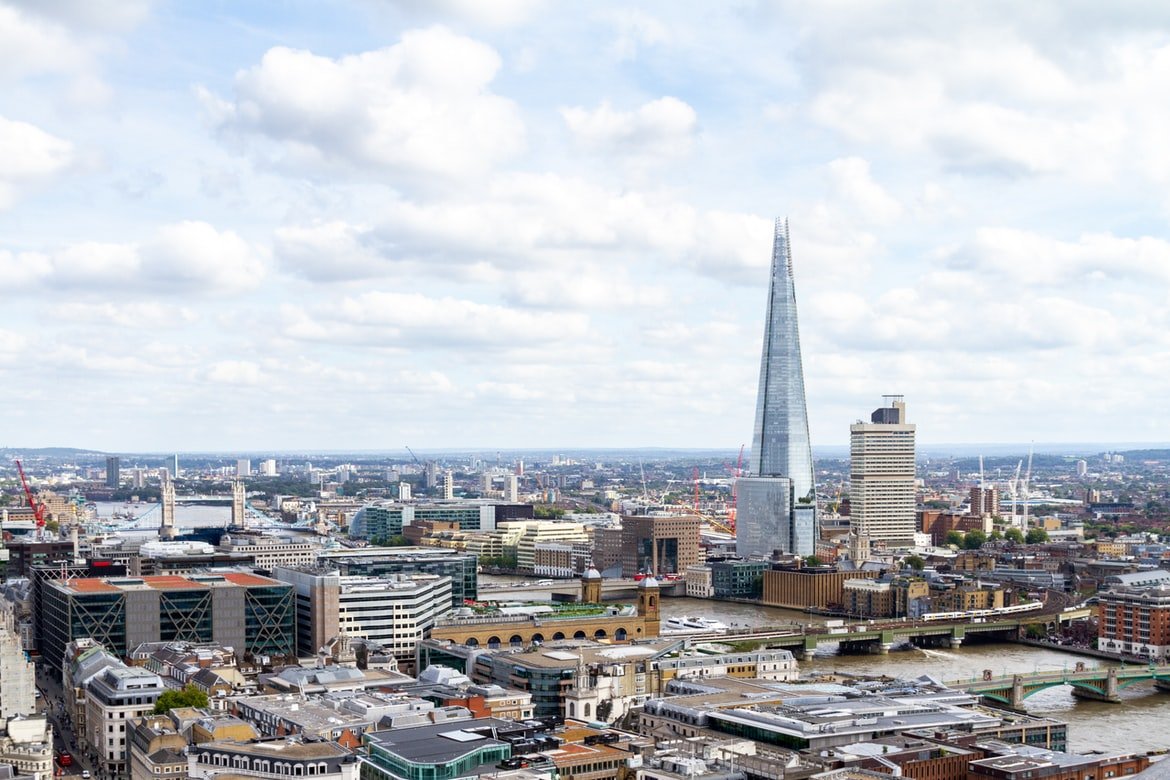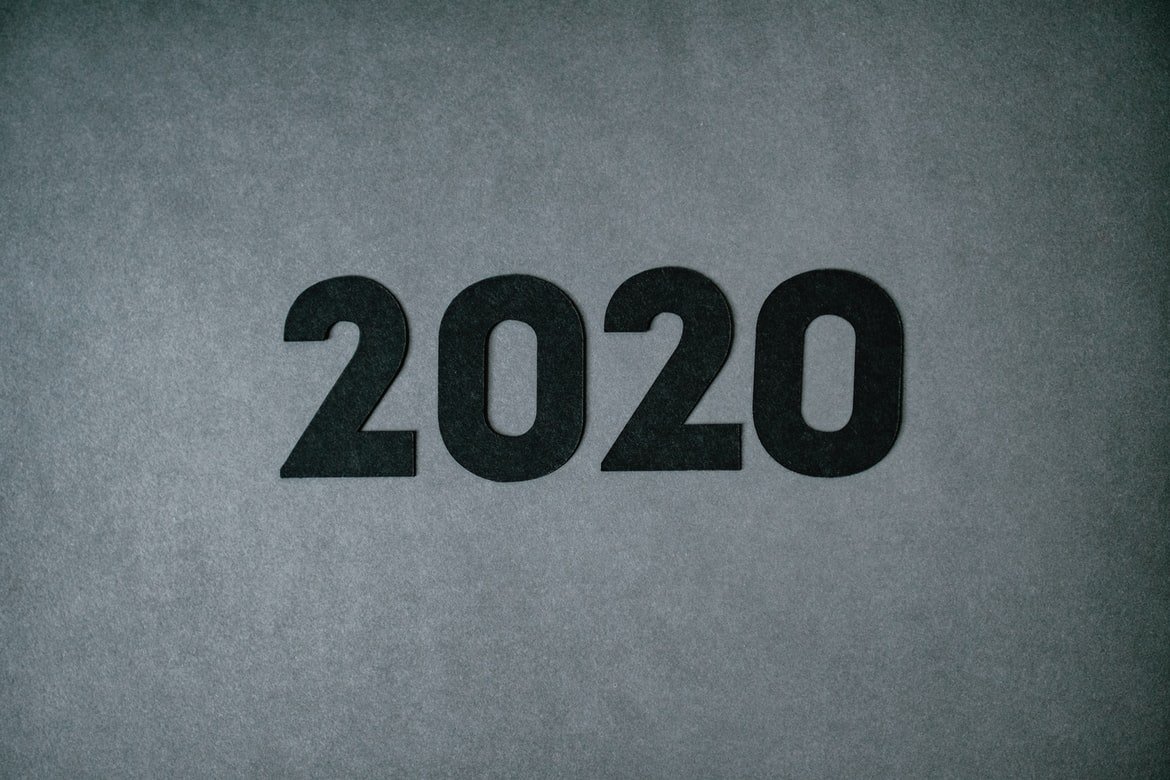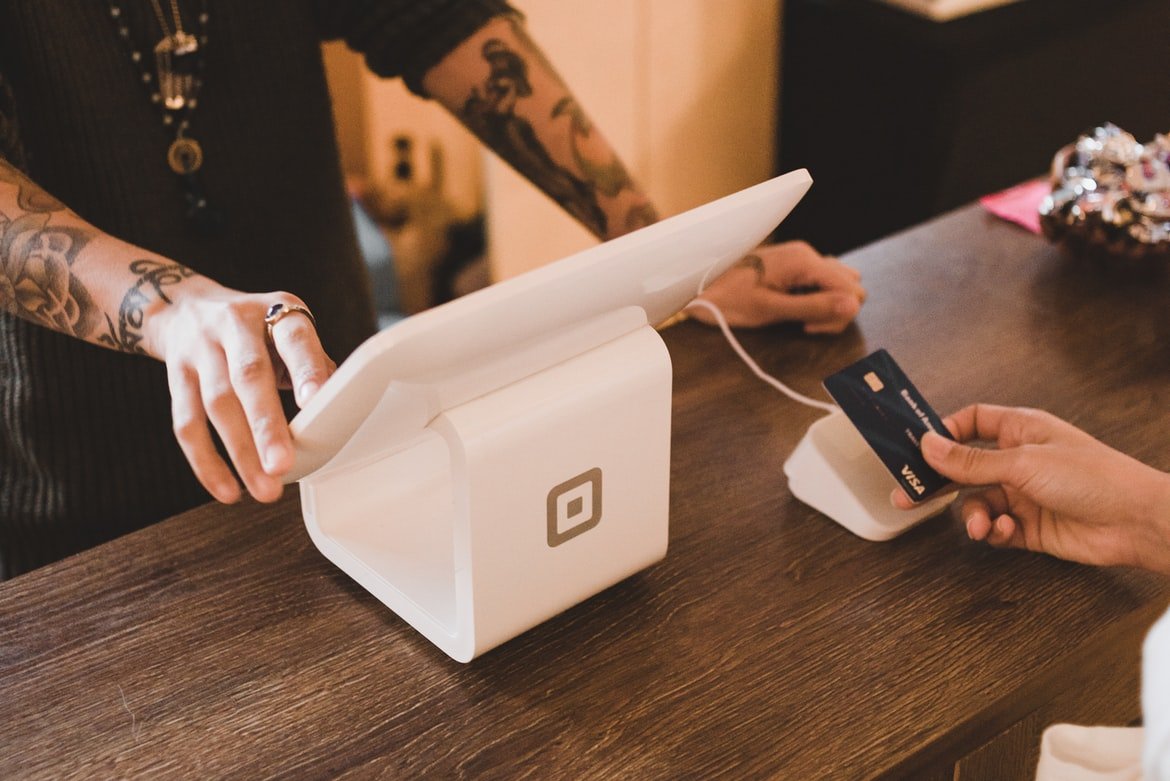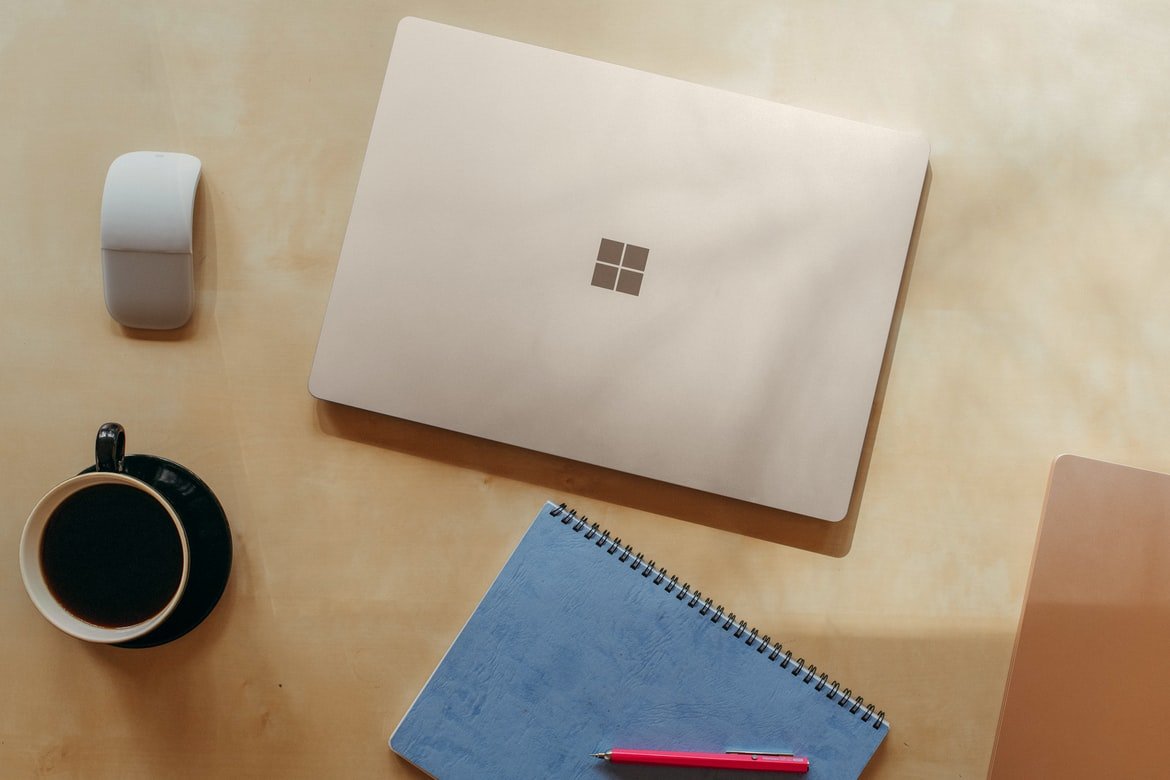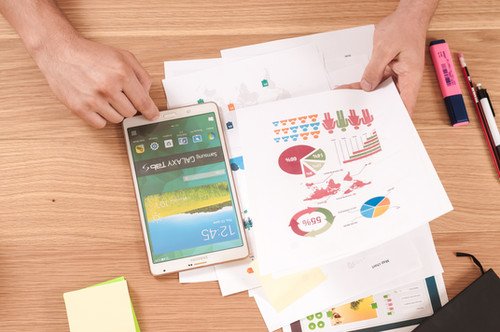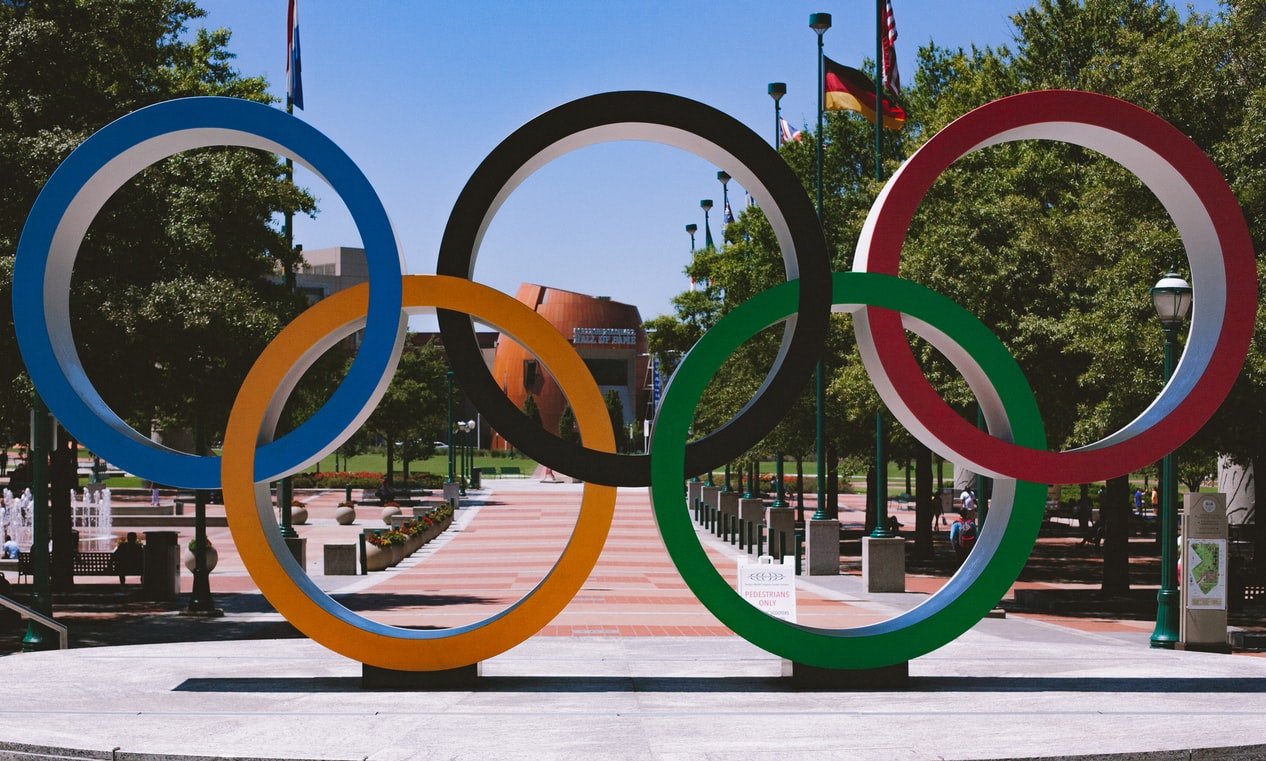The Recovery Loan Scheme (RLS) is a multi-million-pound government initiative to aid businesses during the COVID-19 pandemic. The scheme was announced on Wednesday March 3rd 2021 by the Chancellor of the Exchequer, Rishi Sunak, during the UK Budget.
The Recovery Loan scheme will effectively replace the Coronavirus Business Interruption Loan Scheme (CBILS) and the Bounce Back Loan Scheme (BBLS), which will both close for new applicants on 31st March 2021.
The Recovery Loan Scheme ensures businesses of any size can continue to access loans and other kinds of finance up to £10 million per business. Once received, the finance can be used for any legitimate business purpose, including growth and investment.
The aim of this scheme is to provide support as businesses recover and achieve growth following the easing of the pandemic and the end of the transition period. This new loan scheme is coupled with the £5bn Restart Scheme that offers grants to retail, hospitality and personal care businesses when reopening from April.
What Is The Recovery Loan Scheme & When Will It Be Introduced?
The Recovery Loan Scheme was introduced by the government to help businesses during the possible last stages of the pandemic, whilst assisting them once lockdown is lifted and businesses will be open again. Previously, the CBILS and BBLS schemes, which have paid out more than £70bn to British businesses, allowed businesses to claim for loss of profits that were affected during the COVID-19 crisis. This however this has been reformatted and will be brought under the umbrella of the Recovery Loan Scheme.
The government guarantees 80% of the finance to the lender, ensuring they continue to have the confidence to lend to businesses.
The type of finance available is:
- Term loans and overdrafts between £25,000 and £10 million per business (minimum facility for term loans and overdrafts is £25,000).
- Invoice finance and asset finance between £1,000 and £10 million per business (minimum facility for asset finance and invoice finance is £1000).
The finance term periods are:
- Term Loan – 3 months to 6 years
- Asset Finance – 3 months to 6 years
- Overdraft – 3 months to 3 years
- Invoice Finance – 3 months to 3 years
No personal guarantees will be taken on facilities up to £250,000, anything above will be limited to a maximum of 20% of the overall facility (a borrower’s principal private residence cannot be taken as security although lenders may ask you for details on this and around equity, in order to build a finance profile of you and not for security reasons). Business will need to pay for the interest and associated fees (no interest or repayment free periods), with the annual effective rate of interest, up front fees and other fees not exceeding 15%.
The Recovery Loan scheme will be open to applicants as of Tuesday 6th April 2021 and will run through until December 31st 2021. The scheme will be subject to government review during the year to analyse its success and effectiveness as lockdown is gradually lifted. Loans will be available through a network list of accredited lenders, with no turnover restrictions to apply.
Who Does The Recovery Loan Scheme Affect?
In order to be eligible to apply for the Recovery Loan Scheme, you must have a business that is trading in the UK. You will also need to provide proof that your business is viable or would be viable were it not for the pandemic, has been impacted by the Coronavirus pandemic and is also not in collective insolvency proceedings. If your business is involved in any of these sectors, unfortunately the Recovery Loan scheme is unable to be applied for:
- Banks, building societies, insurers and reinsurers (insurance brokers are not included in this ineligibility)
- Public-sector bodies
- State-funded primary and secondary schools
It’s also worth stating, that businesses who have received support through previous COVID-19 existing loan schemes will still be eligible to apply for the Recovery Loan Scheme.
Why Are The Government Bringing In The Recovery Loan Scheme?
The government announced the Recovery Loan Scheme as a result of the crushing economical effect that has been brought on by the COVID-19 pandemic. As stated, previously COVID-19 business loan schemes provided a cash injection for businesses experiencing financial difficulties during the lockdown. Viability, which basically means proof that COVID-19 has affected your business, was needed for the CBILS yet not for the BBLS.
Many experts have suggested this proof of viability was a large reason as to why applications for the schemes yielded different successes, with CBILS having an acceptance rate of 43% and BBLS much higher at 75%.
The in-differences in these schemes most probably persuaded the government to re-evaluate its business loan offering during the pandemic and create the Recovery Loan Scheme under one formalised banner.
How Can I Apply For The Recovery Loan Scheme?
You will be able to apply for the Recovery Loan Scheme through the GOV and British Business Bank websites, with a dedicated application portal found here.
We hope this has outlined to you exactly what the Recovery Loan scheme is and whether it can apply to your business. If you require any more information on any government COVID-19 loans and grants, or anything accounting related for that matter, please don’t hesitate to get in contact with us at Nordens where one of our trusted advisors would be happy talking you through your query.










